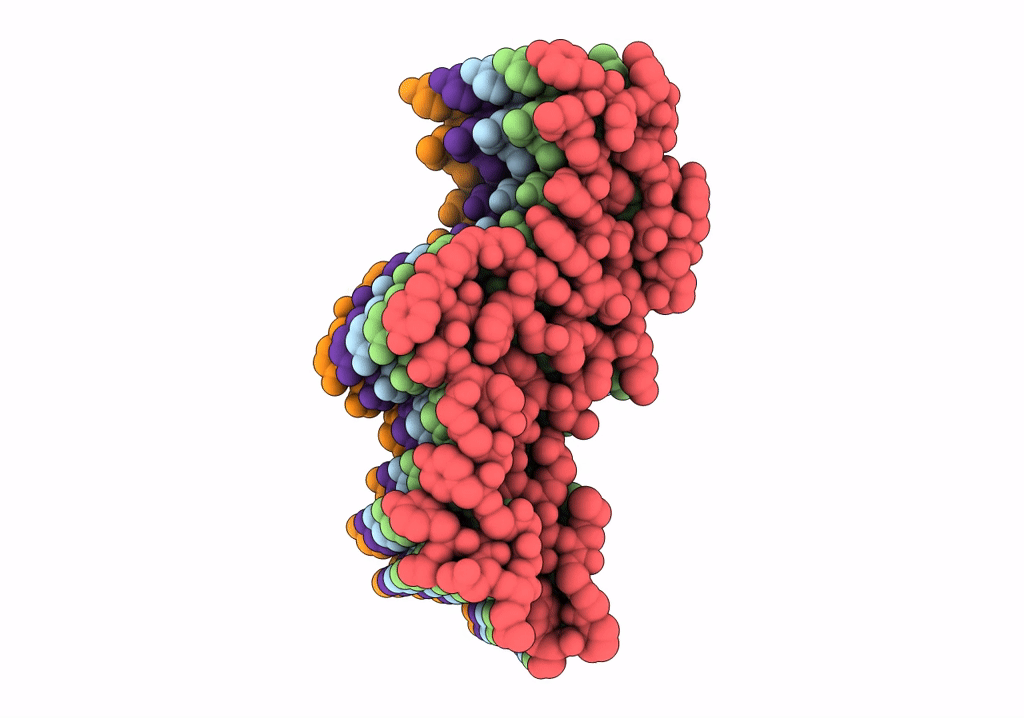
Deposition Date
2020-04-29
Release Date
2020-08-26
Last Version Date
2024-03-06
Entry Detail
PDB ID:
6WQK
Keywords:
Title:
hnRNPA2 Low complexity domain (LCD) determined by cryoEM
Biological Source:
Source Organism:
Anaplasma marginale (Taxon ID: 770)
Homo sapiens (Taxon ID: 9606)
Homo sapiens (Taxon ID: 9606)
Host Organism:
Method Details:
Experimental Method:
Resolution:
3.10 Å
Aggregation State:
FILAMENT
Reconstruction Method:
HELICAL


